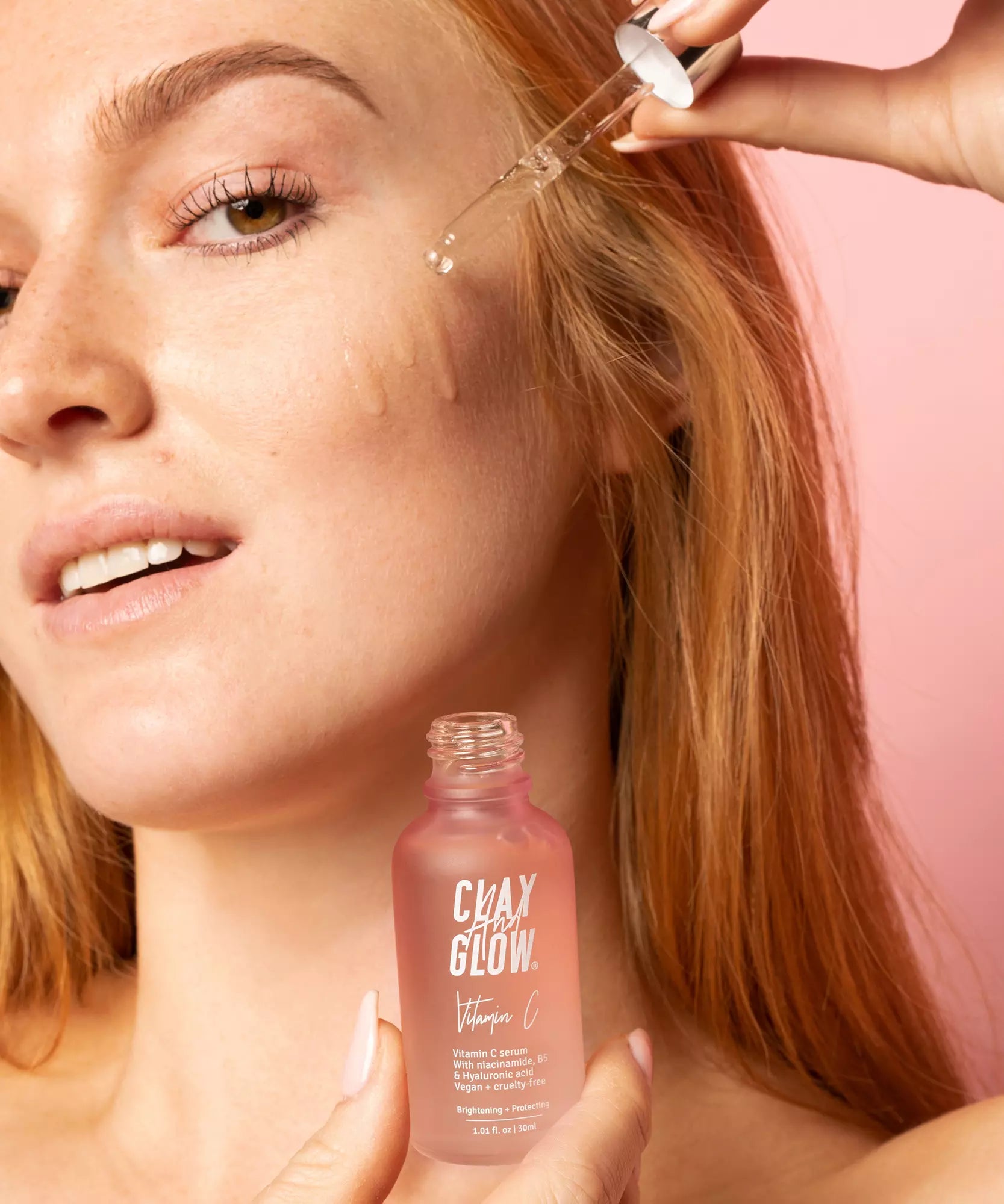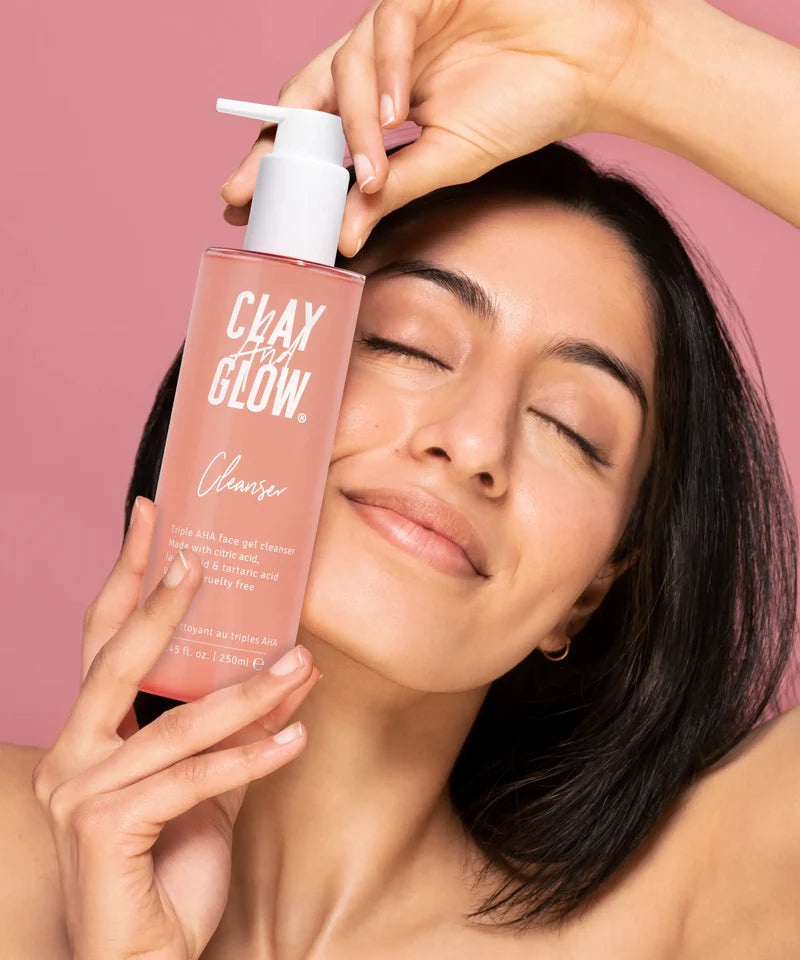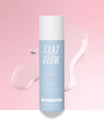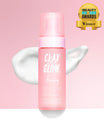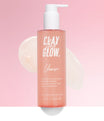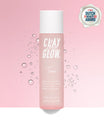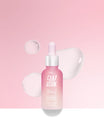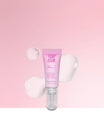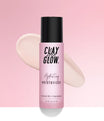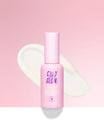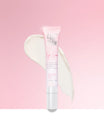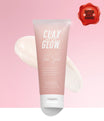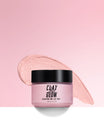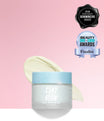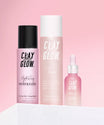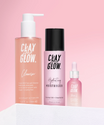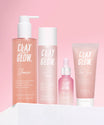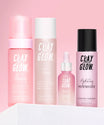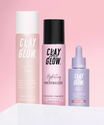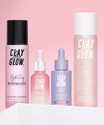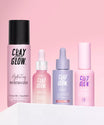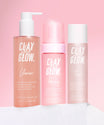Blue light is also called HEV (High Energy Visible) light and is often confused with ultraviolet light. But, this is definitely not the same. Blue light is actually a visible light and has a high energy, as the term HEV already indicates. Digital screens from your smartphone and laptop, among other things, emit this light in low levels and can have different influences on the skin in the long term. You can read about the exact influences and what you can do about them here.
What does blue light do?
A high dose blue light can, just like UV radiation, generate free radicals (oxygen molecules). Free radicals are known to affect the connective tissue, which makes the skin less elastic and causing wrinkles and/or pigmentation spots. Luckily, the blue light from digital screens is only emitted in low levels and the body naturally has a mechanism to protect the skin against this; namely antioxidants. However, these antioxidants work less as we get older, so it’s time to look for a solution!
Blue Light Defense formula
That’s when the Blue Light Defense formula from our Protecting Face Sunscreen SPF 30 stands in the spotlights. Our sunscreen not only protects the skin against UV radiation, but also against HEV blue light due to the ingredient carnosine (Dragosine®). Carnosine has lots of benefits for the skin, for example, this ingredient has anti-aging benefits and protects the skin against oxidative stress.
Oxidative stress
Oxidative stress occurs when the amount of free radicals and antioxidants in your body gets out of balance. This will result in red spots, wrinkles and premature skin aging. But how do these two elements get out of balance? A number of harmful factors such as air pollution, UV radiation and HEV blue light can increase the number of free radicals, while the number of antioxidants remains the same. That creates an imbalance.
Protect my skin against blue light
To protect your skin against free radicals caused by blue light, it’s important to maintain the amount of antioxidants in your body. This can be done, for example, by eating antioxidants or applying them on the skin. Vitamins C and E are very powerful and reinforce each other in combination. Tip: Regularly use skin care products that contain antioxidants such as vitamin C. For example, consider the Clay And Glow Vitamin C Serum.
You can also protect the skin by using a sunscreen that absorbs the radiation before it can damage the skin. Our protecting sunscreen with SPF 30 is a good example for this. Ingredients such as carnosine protect the skin from the harmful effects of blue light.
Do you already protect the skin against blue light?


